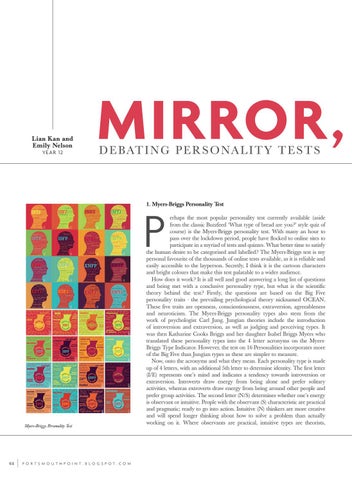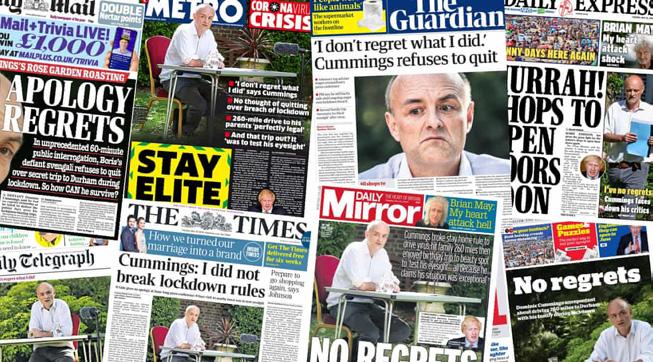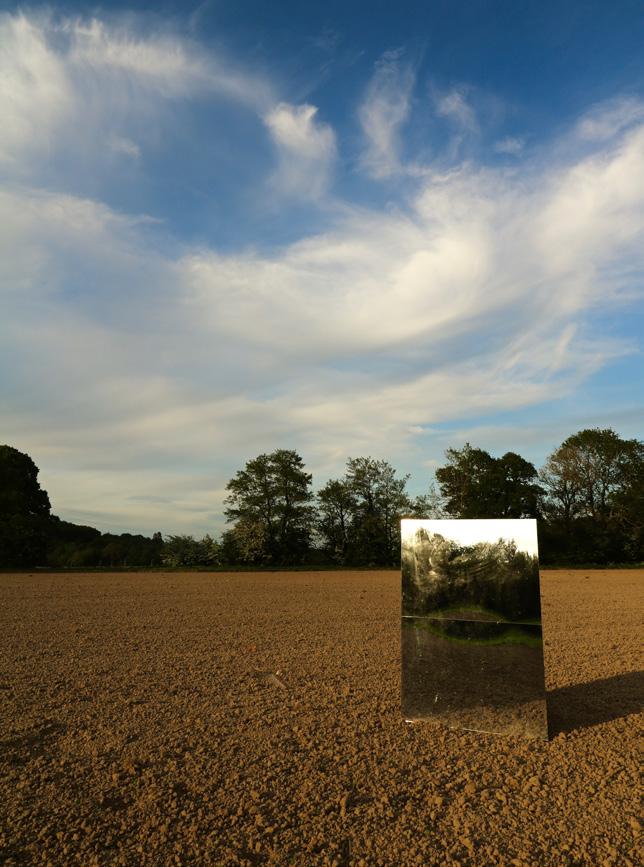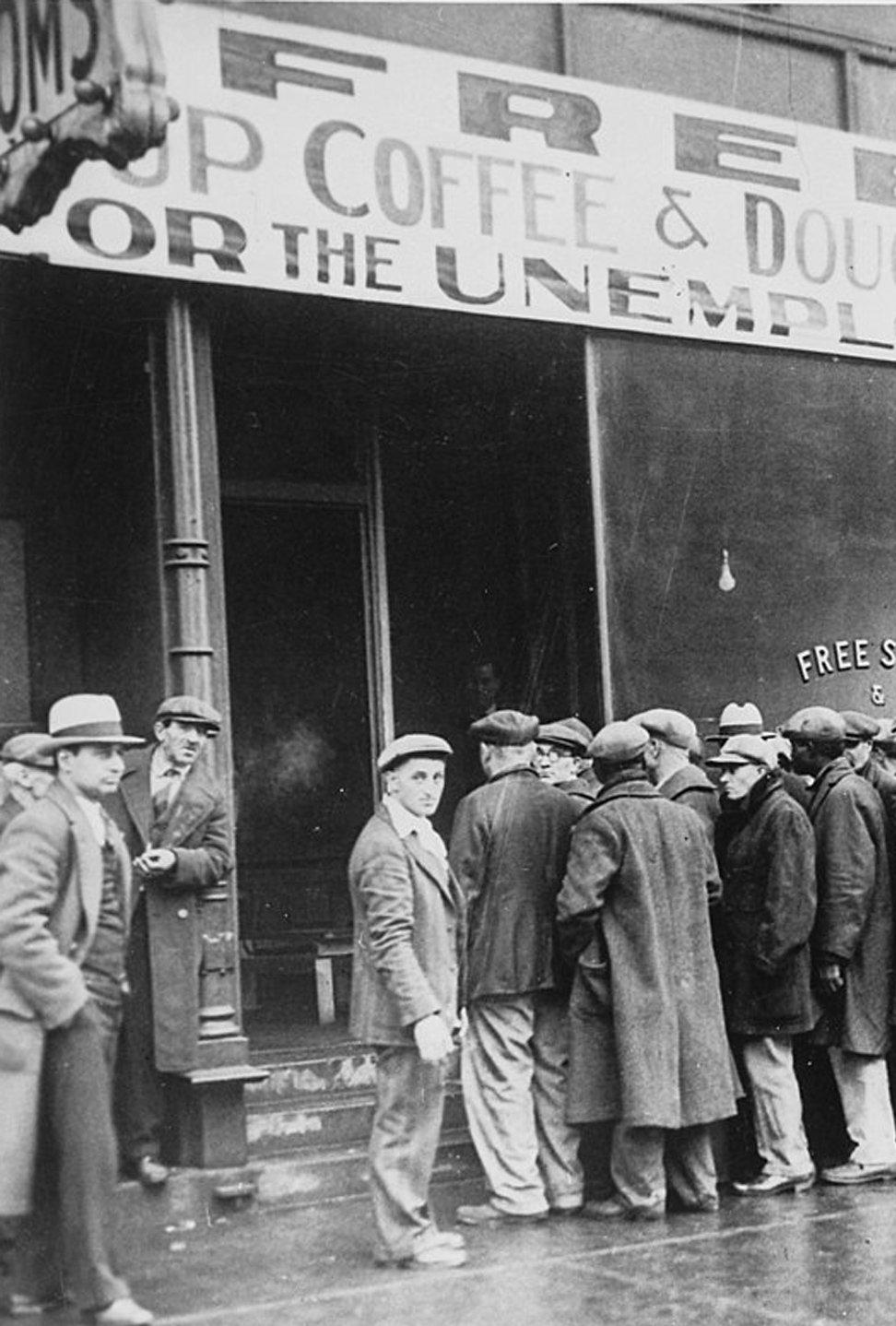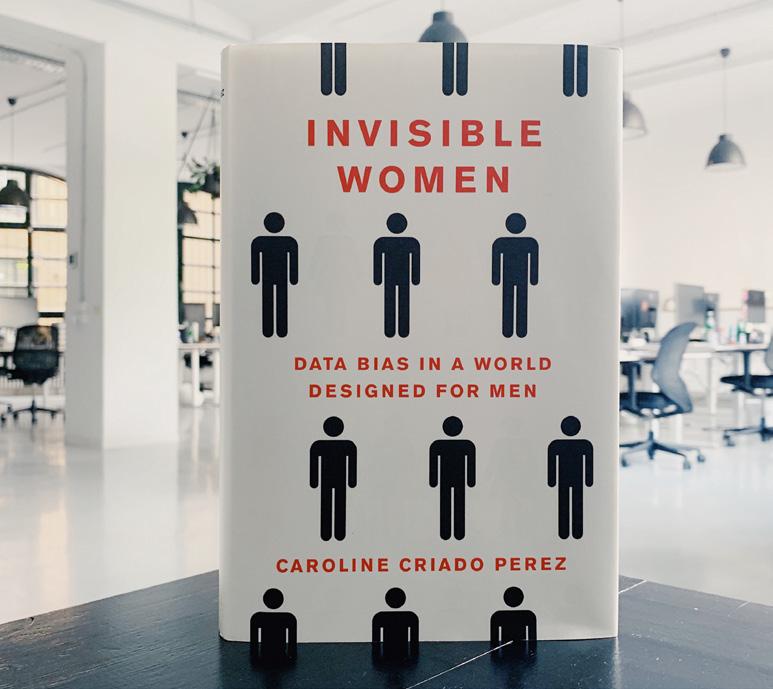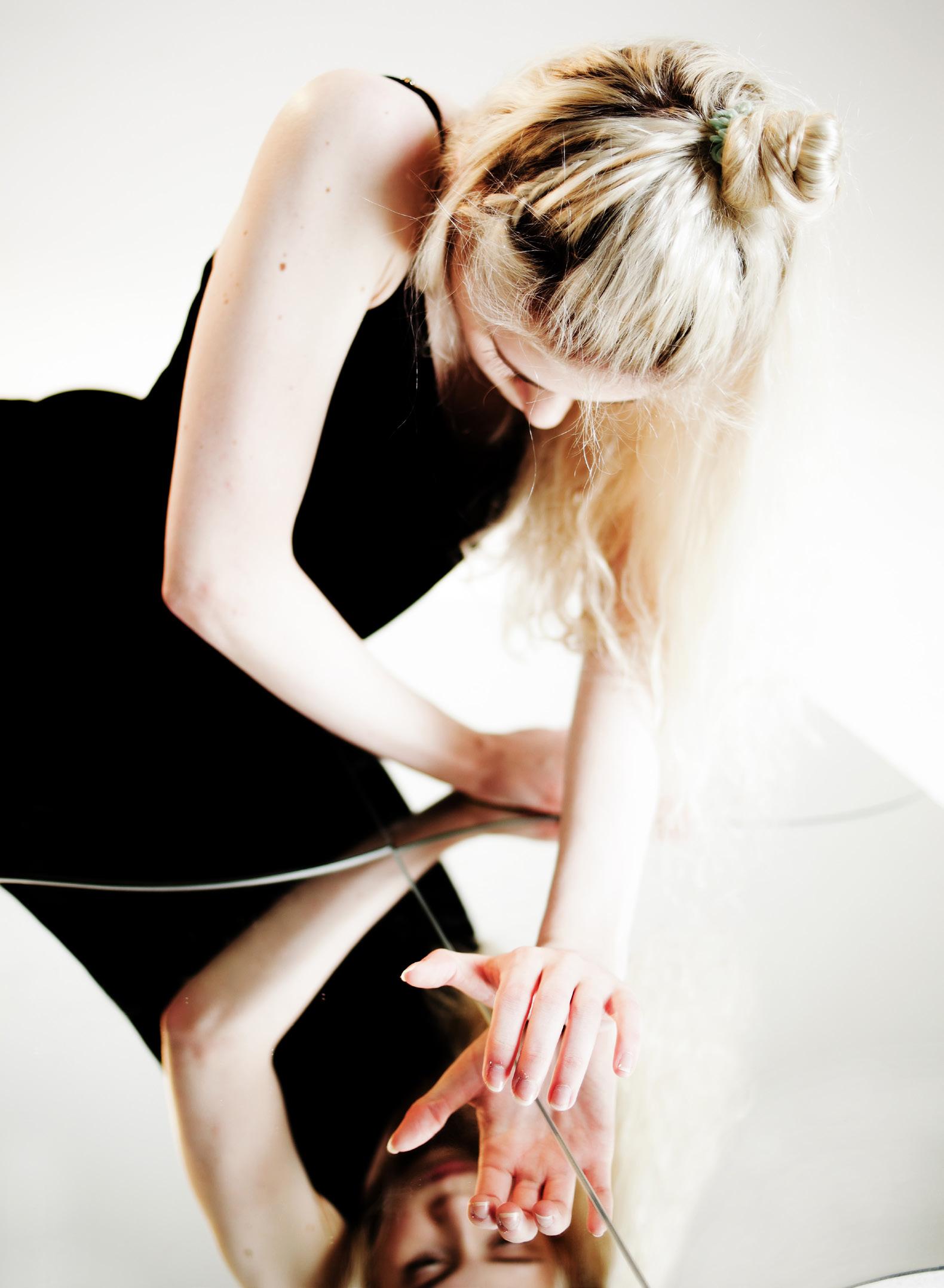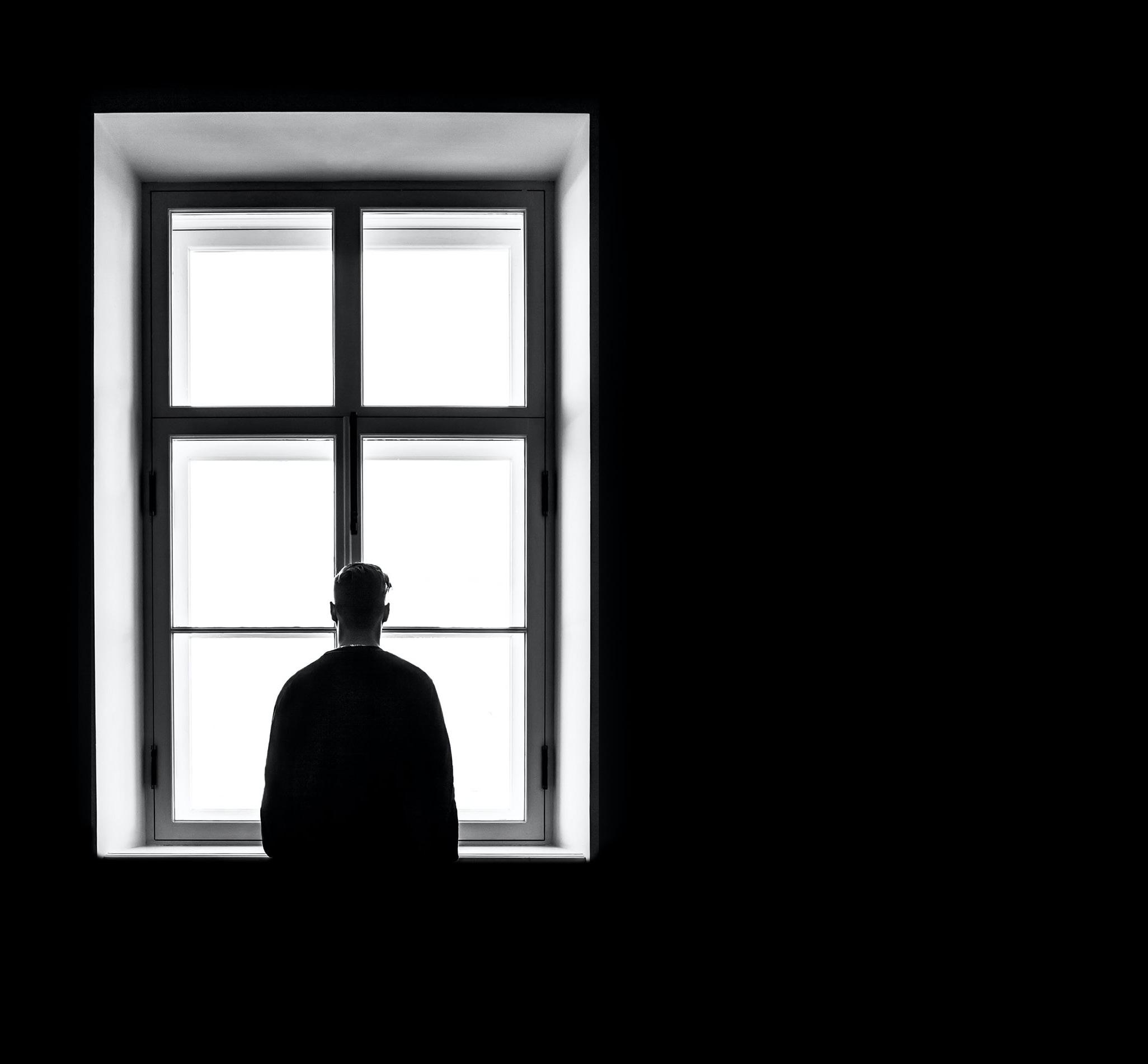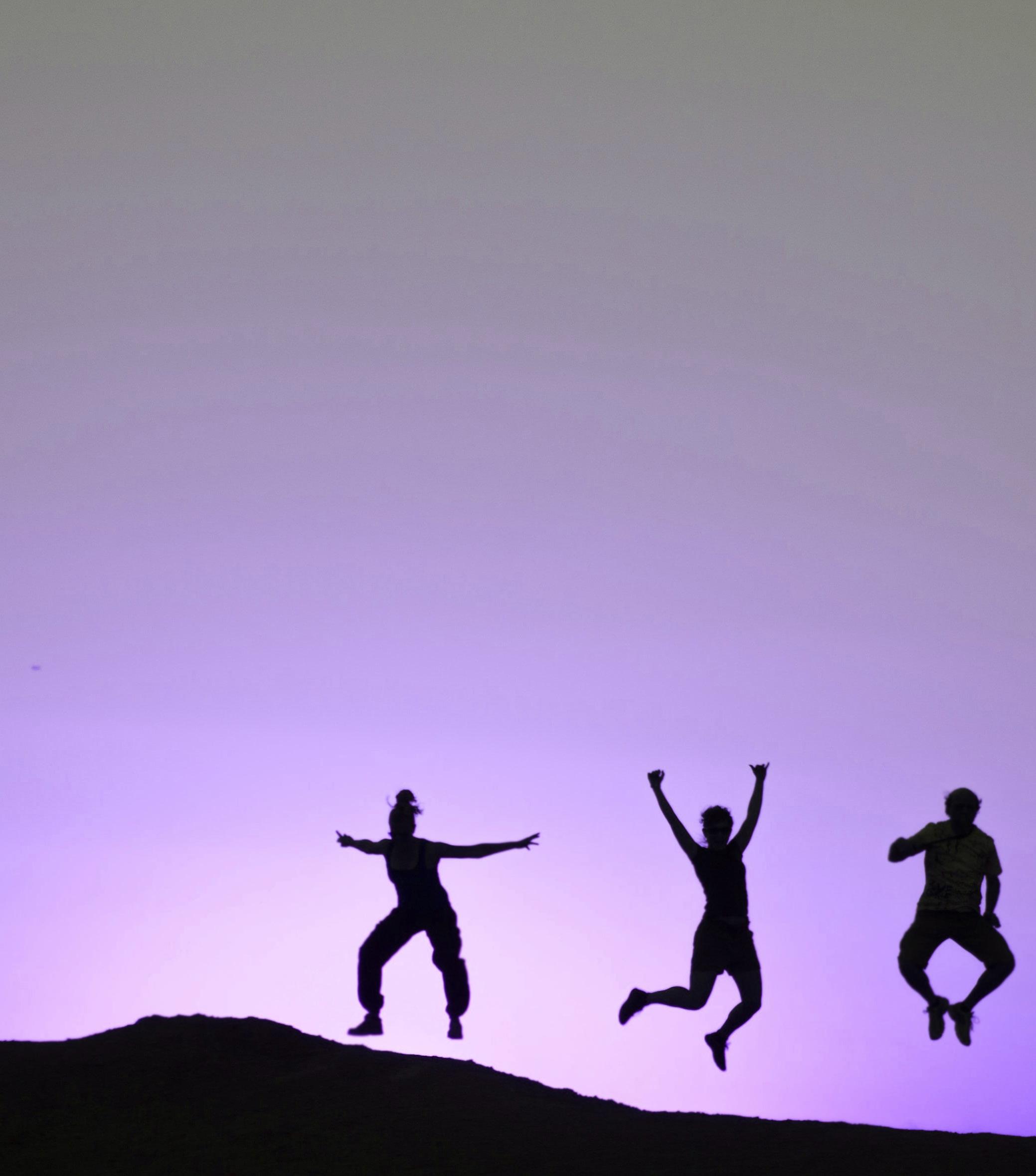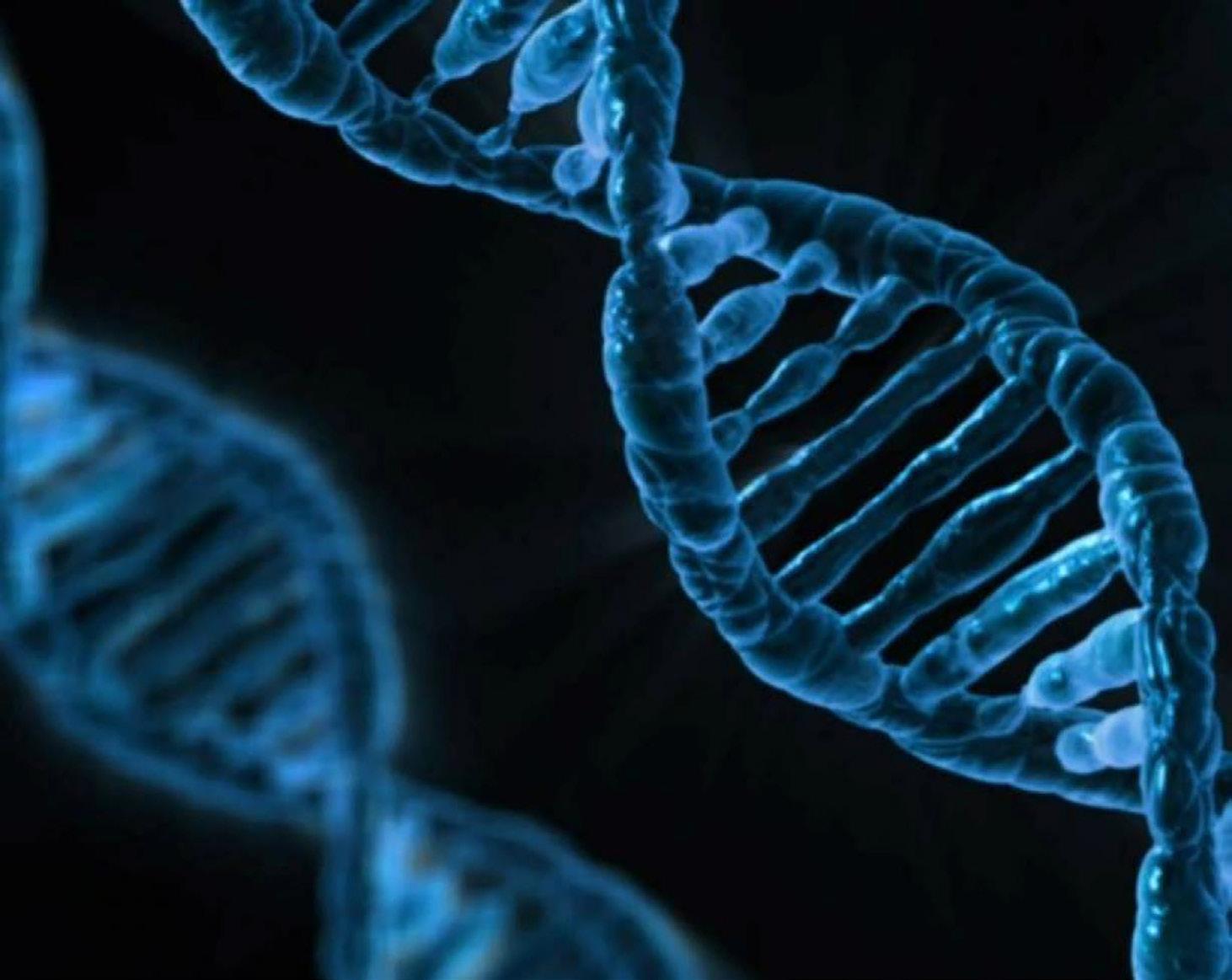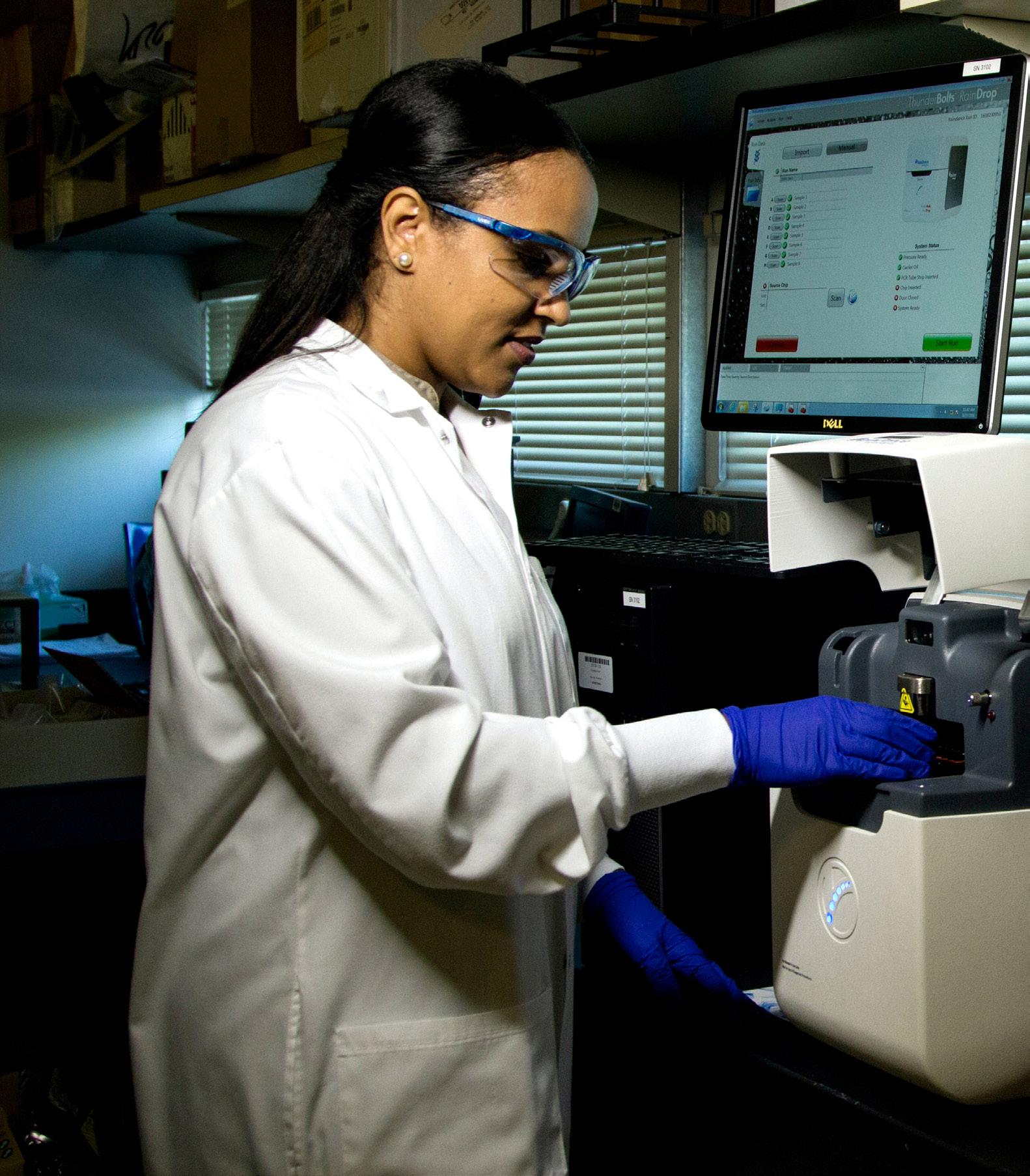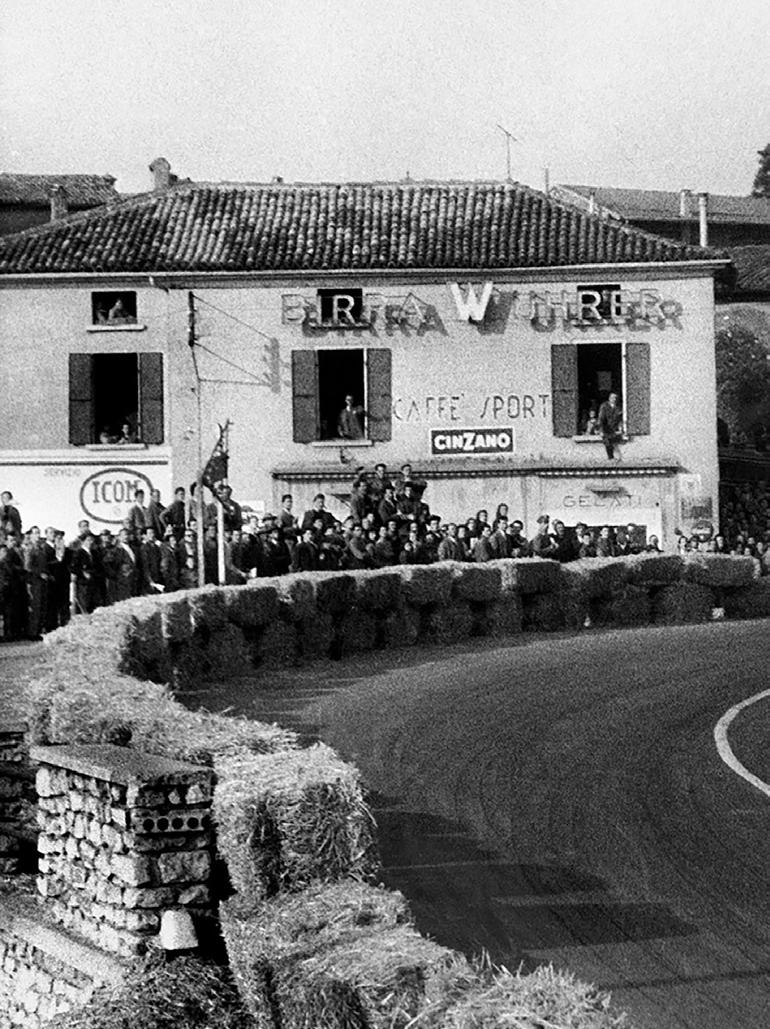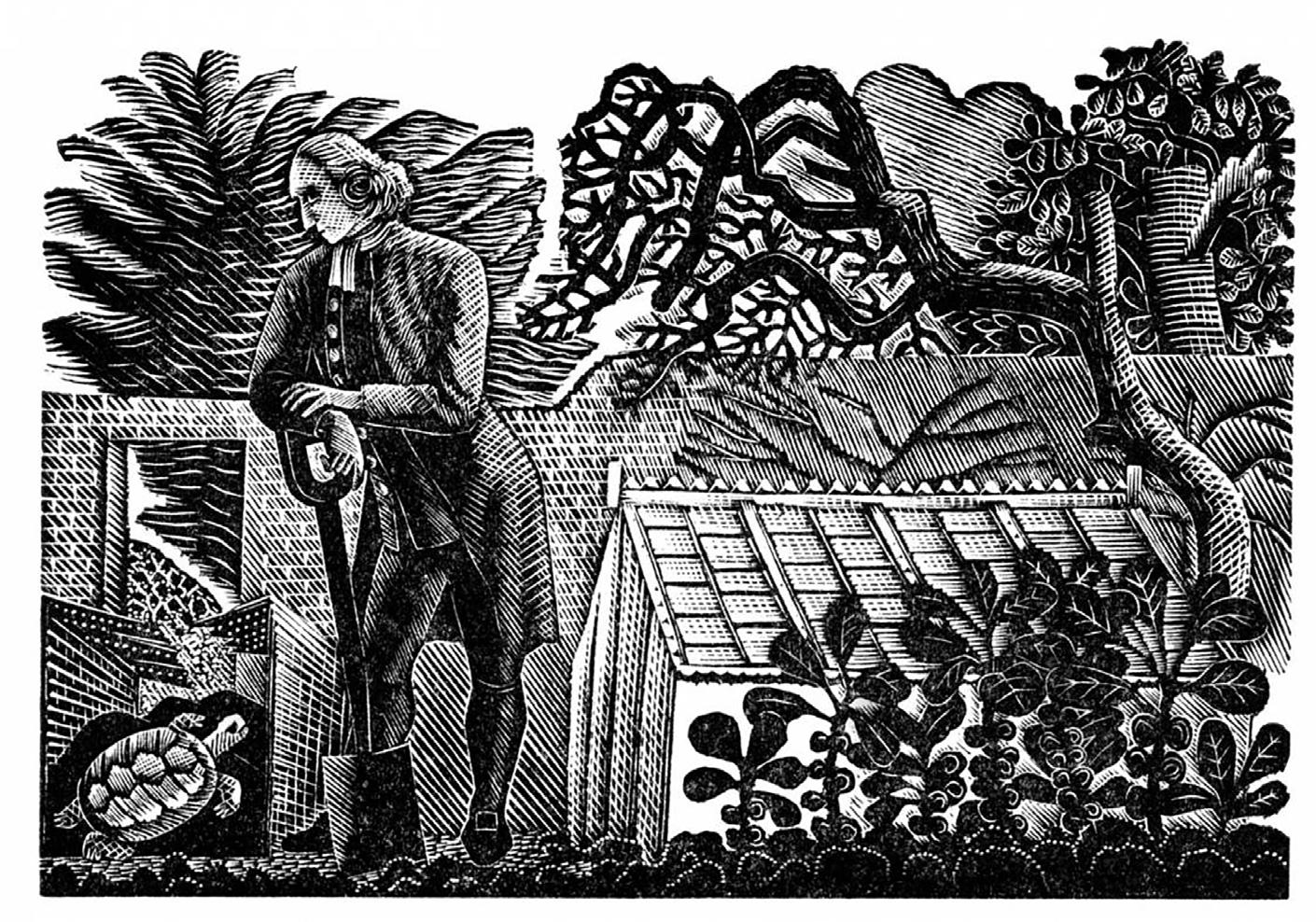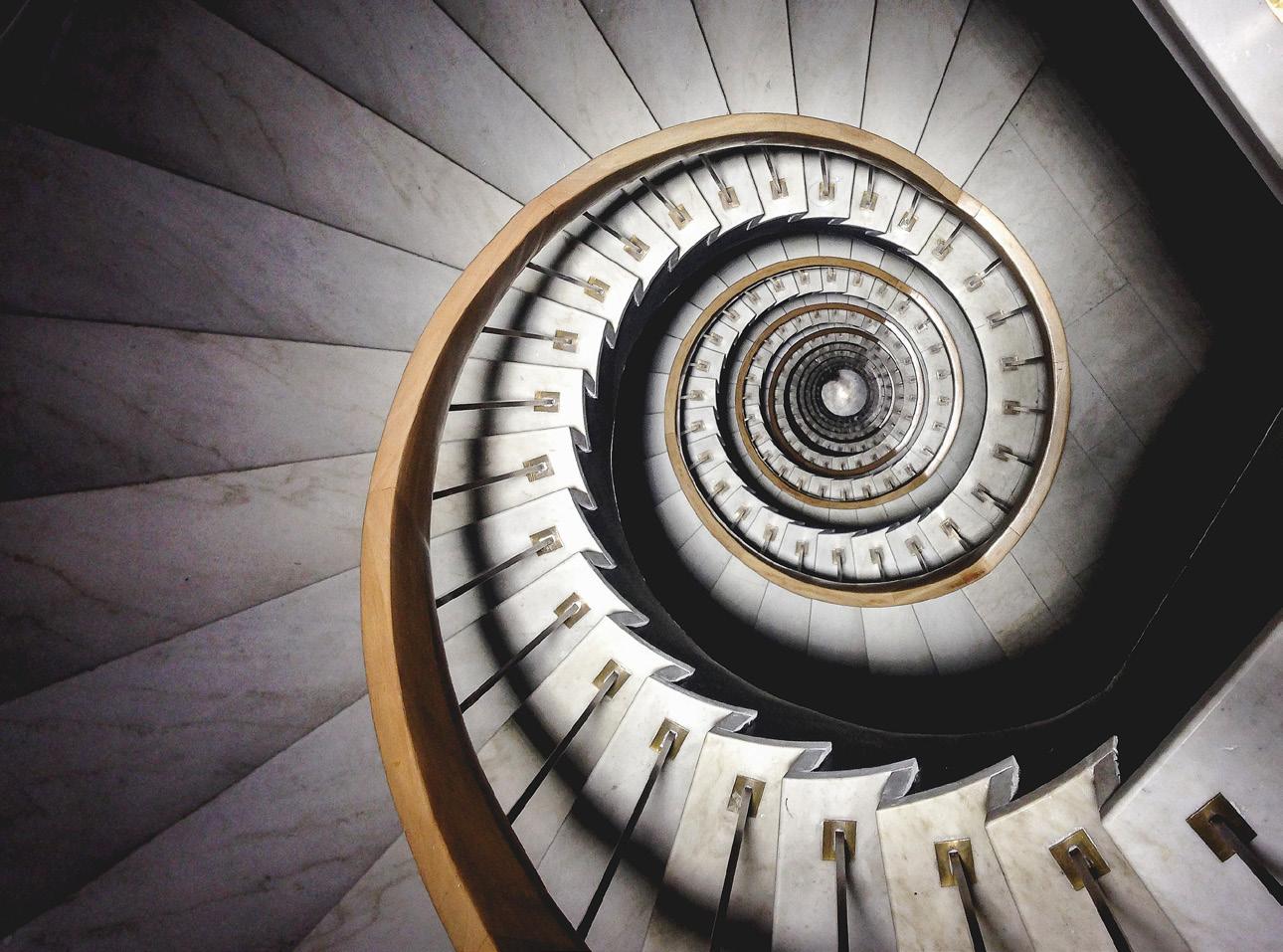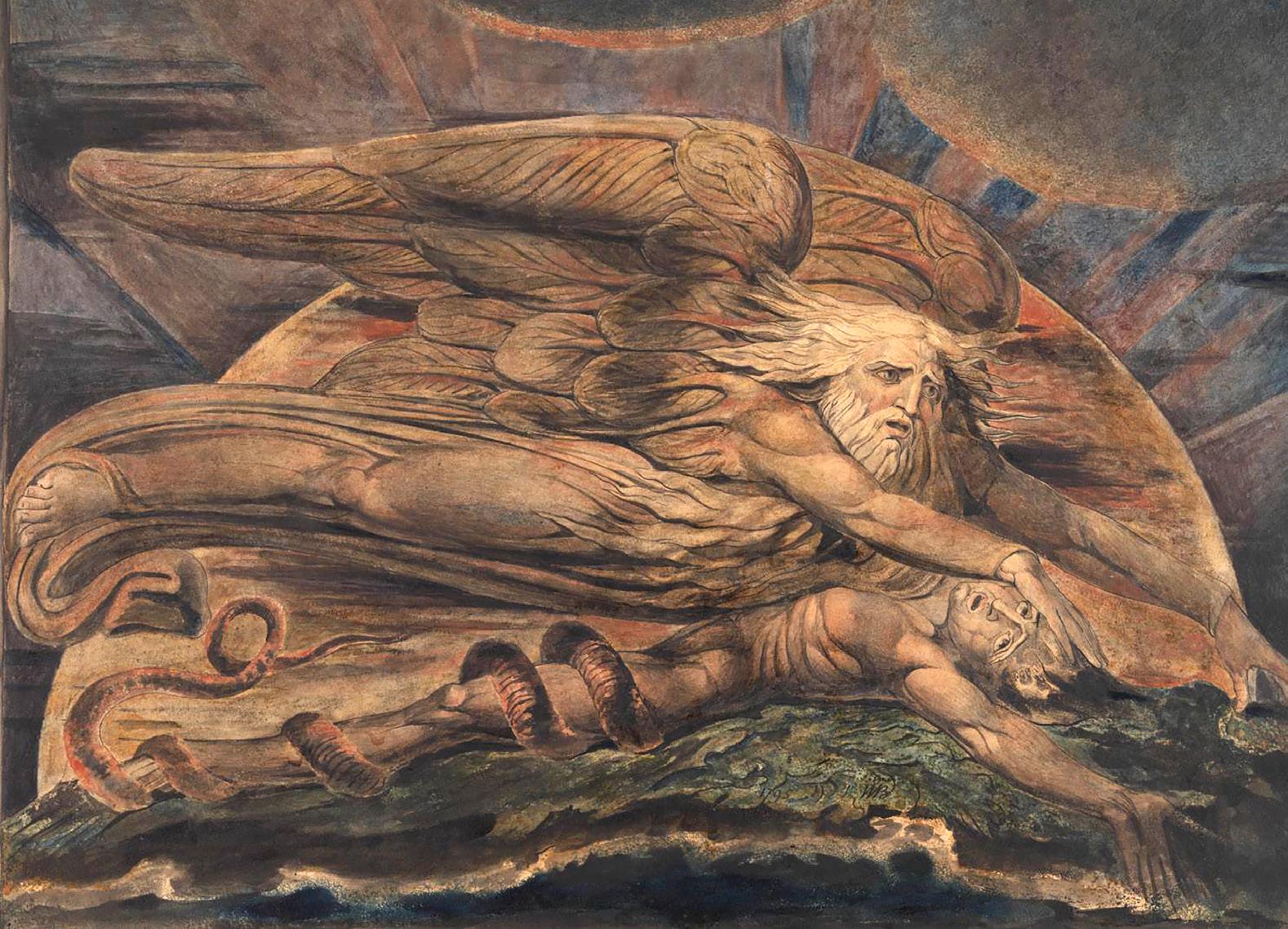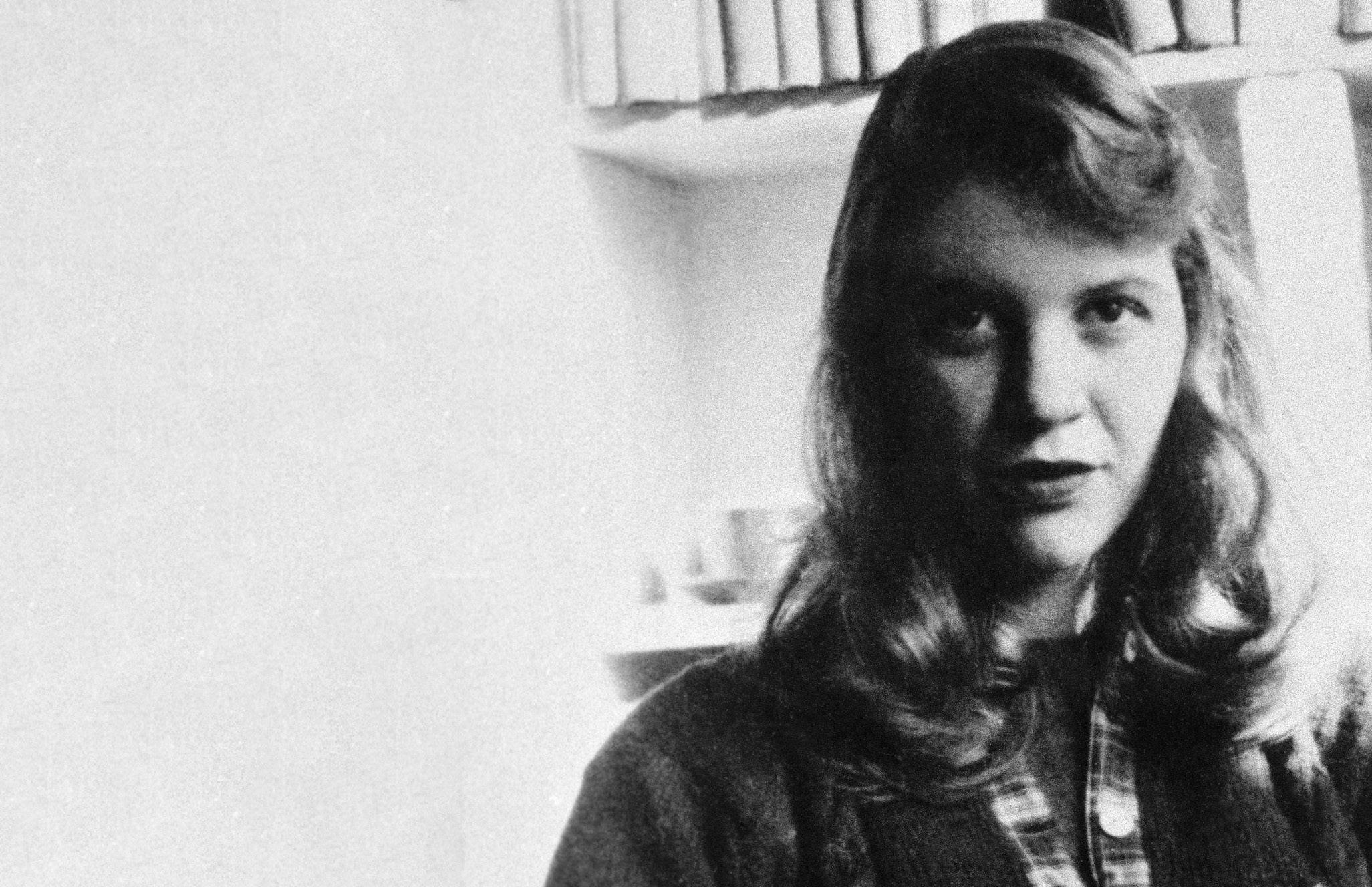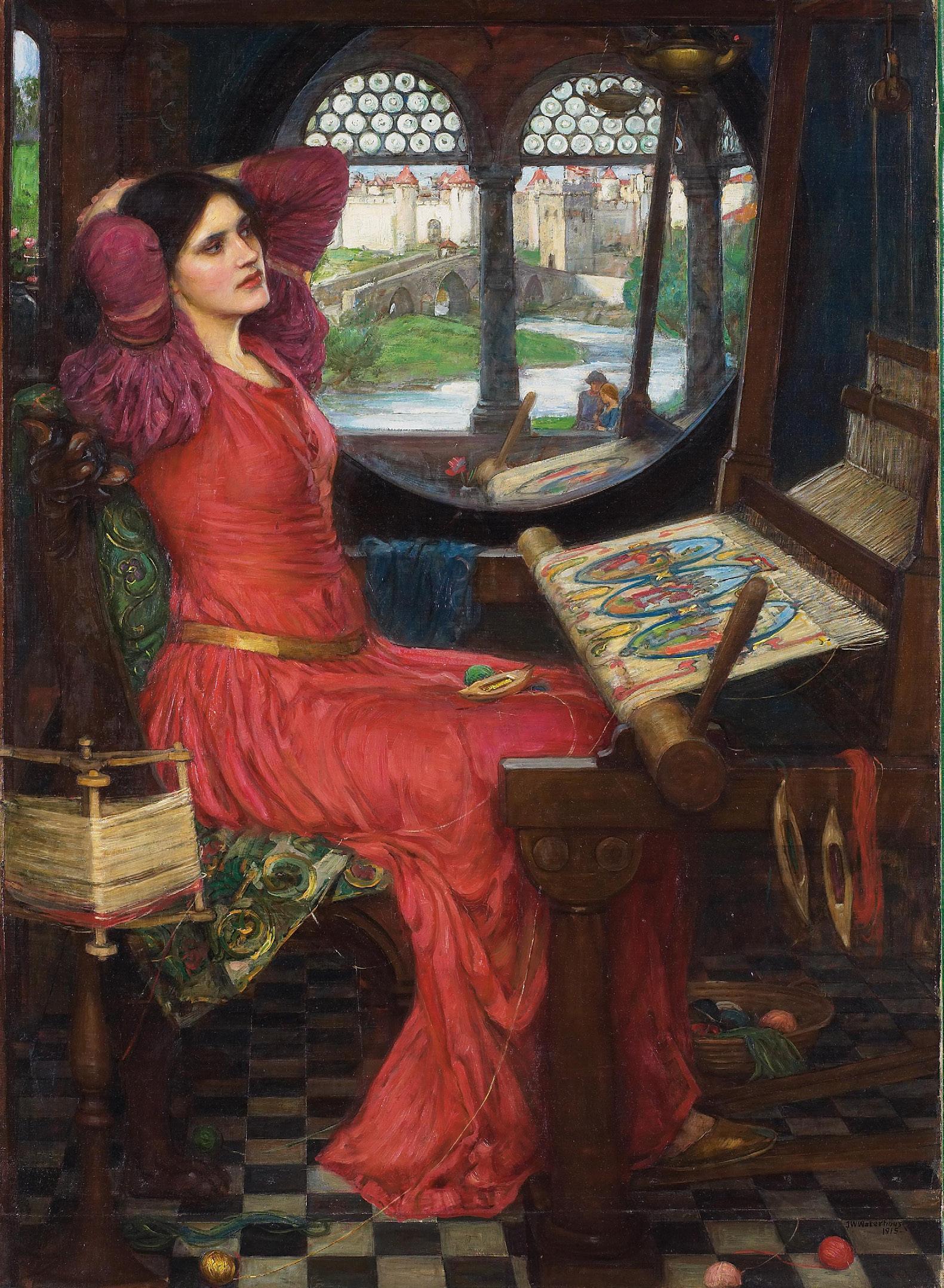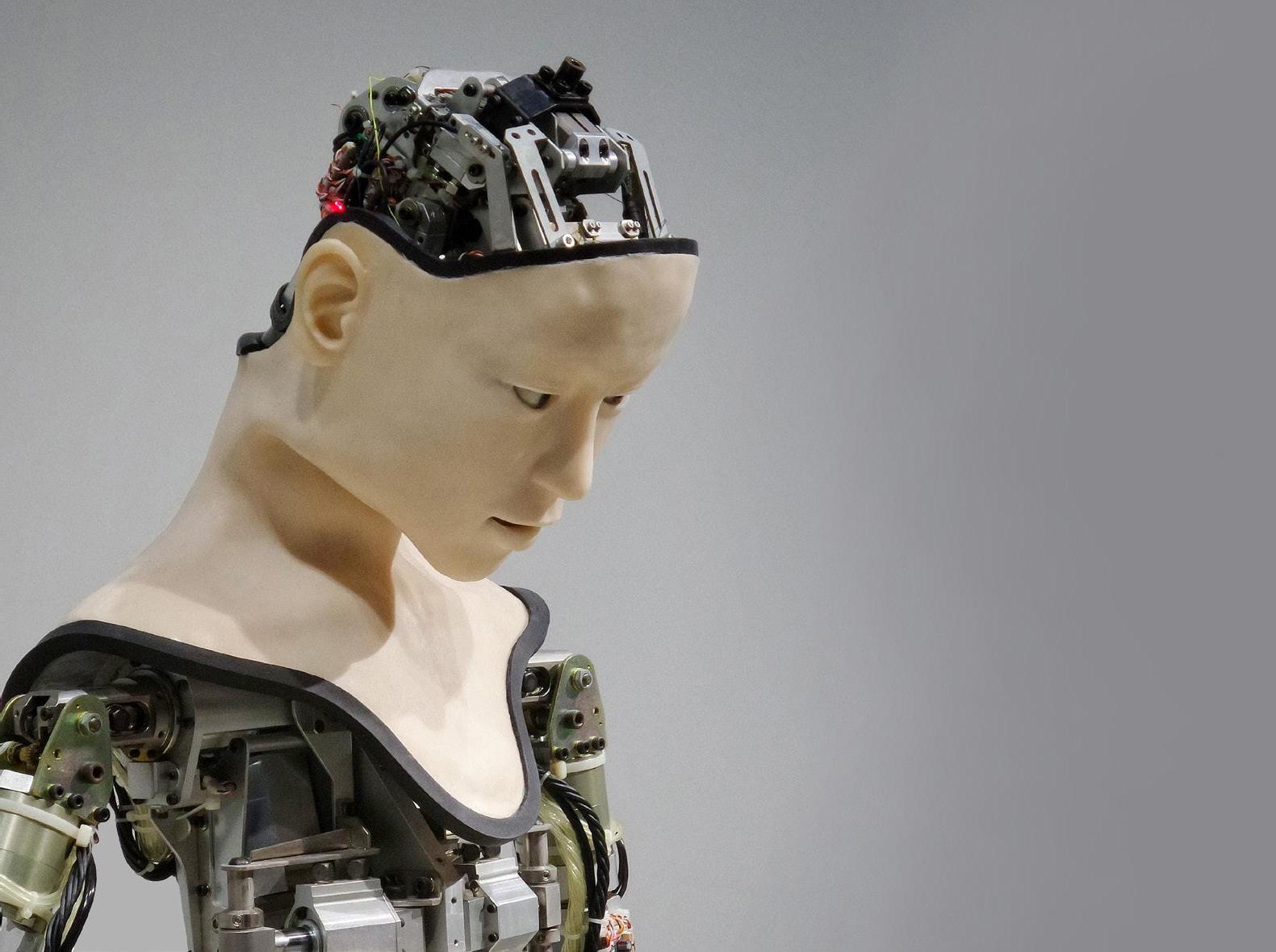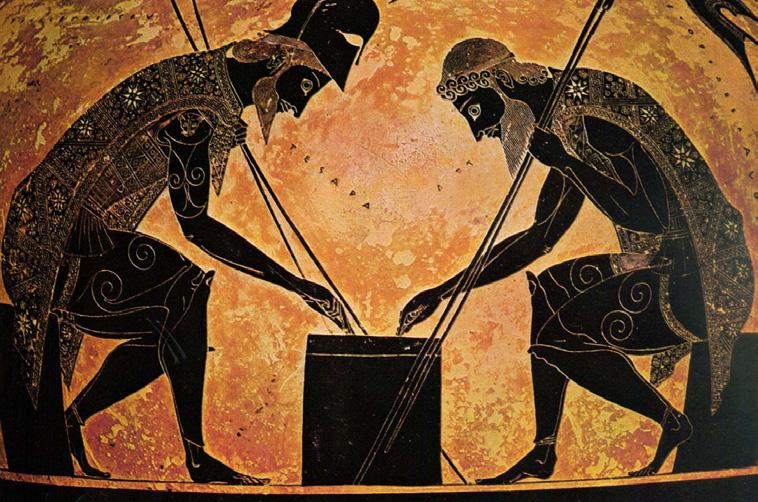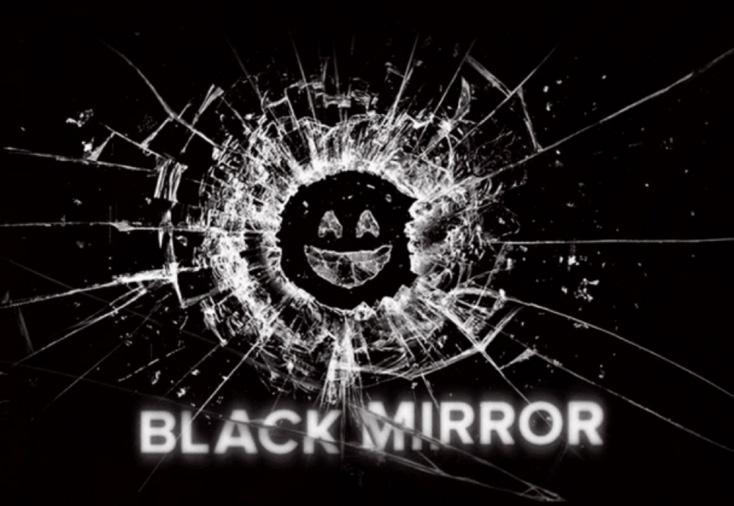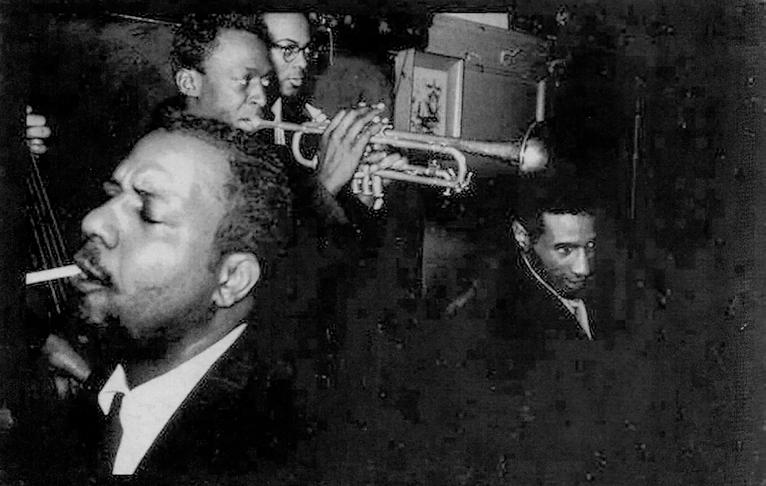Lian Kan and Emily Nelson YE AR 12
D E BAT I N G P E R S O NA L I T Y T E S T S
1. Myers-Briggs Personality Test
P
Myers-Briggs Personality Test
64
P O RT S M O U T H P O I N T. B LO G S P OT.CO M
erhaps the most popular personality test currently available (aside from the classic Buzzfeed ‘What type of bread are you?’ style quiz of course) is the Myers-Briggs personality test. With many an hour to pass over the lockdown period, people have flocked to online sites to participate in a myriad of tests and quizzes. What better time to satisfy the human desire to be categorised and labelled? The Myers-Briggs test is my personal favourite of the thousands of online tests available, as it is reliable and easily accessible to the layperson. Secretly, I think it is the cartoon characters and bright colours that make this test palatable to a wider audience. How does it work? It is all well and good answering a long list of questions and being met with a conclusive personality type, but what is the scientific theory behind the test? Firstly, the questions are based on the Big Five personality traits - the prevailing psychological theory nicknamed OCEAN. These five traits are openness, conscientiousness, extraversion, agreeableness and neuroticism. The Myers-Briggs personality types also stem from the work of psychologist Carl Jung. Jungian theories include the introduction of introversion and extraversion, as well as judging and perceiving types. It was then Katharine Cooks Briggs and her daughter Isabel Briggs Myers who translated these personality types into the 4 letter acronyms on the MyersBriggs Type Indicator. However, the test on 16 Personalities incorporates more of the Big Five than Jungian types as these are simpler to measure. Now, onto the acronyms and what they mean. Each personality type is made up of 4 letters, with an additional 5th letter to determine identity. The first letter (I/E) represents one’s mind and indicates a tendency towards introversion or extraversion. Introverts draw energy from being alone and prefer solitary activities, whereas extroverts draw energy from being around other people and prefer group activities. The second letter (N/S) determines whether one’s energy is observant or intuitive. People with the observant (S) characteristic are practical and pragmatic; ready to go into action. Intuitive (N) thinkers are more creative and will spend longer thinking about how to solve a problem than actually working on it. Where observants are practical, intuitive types are theorists,
